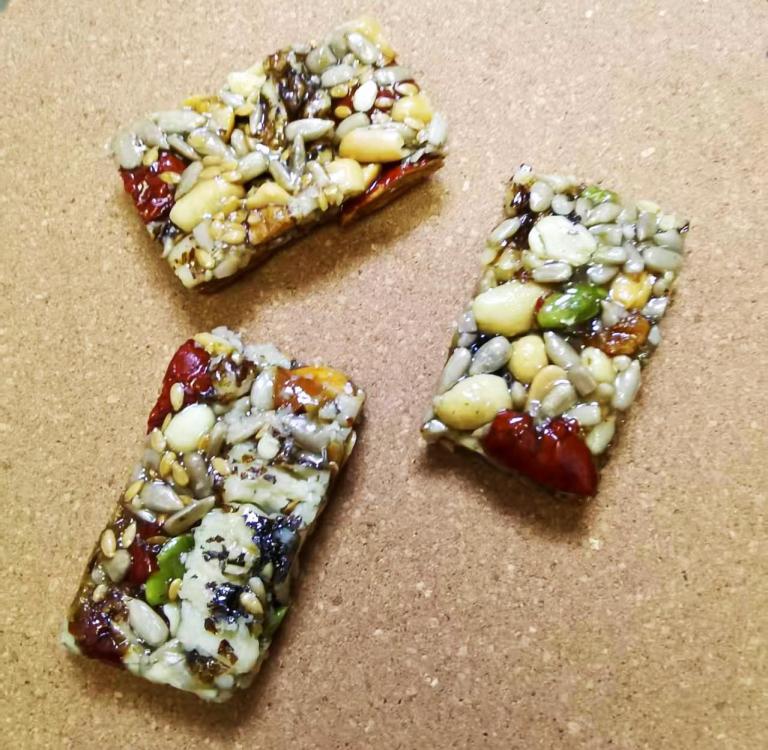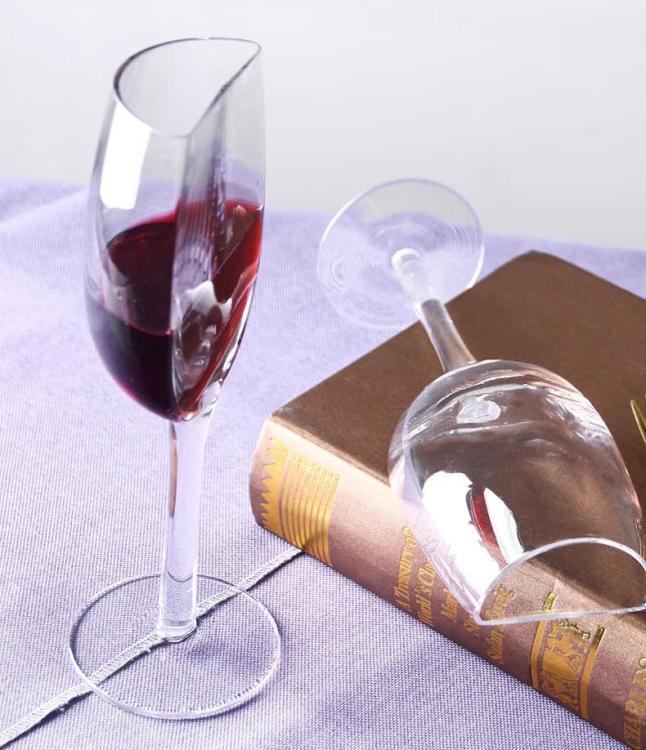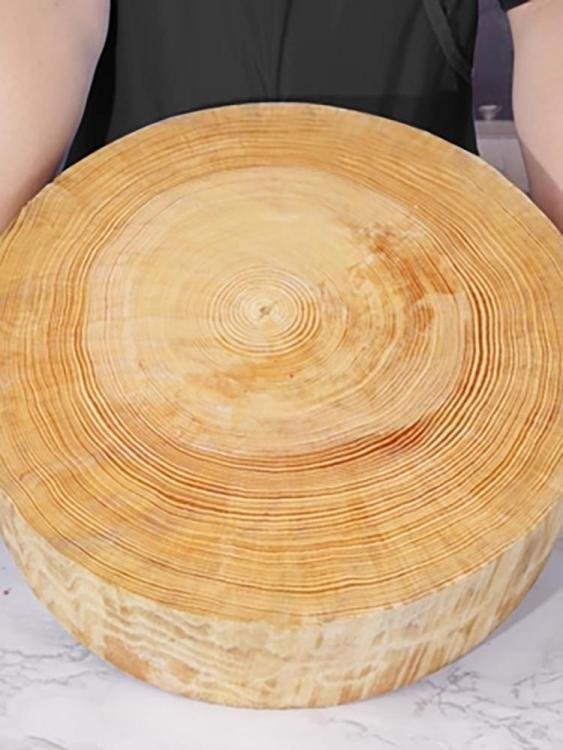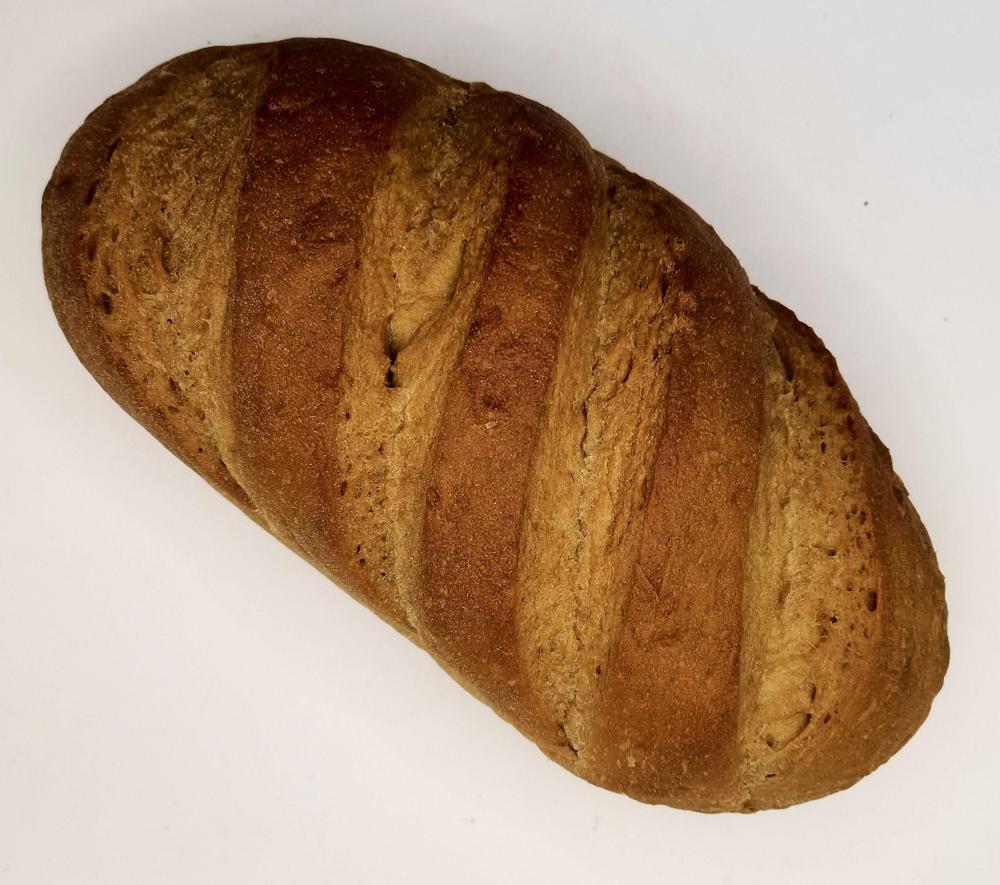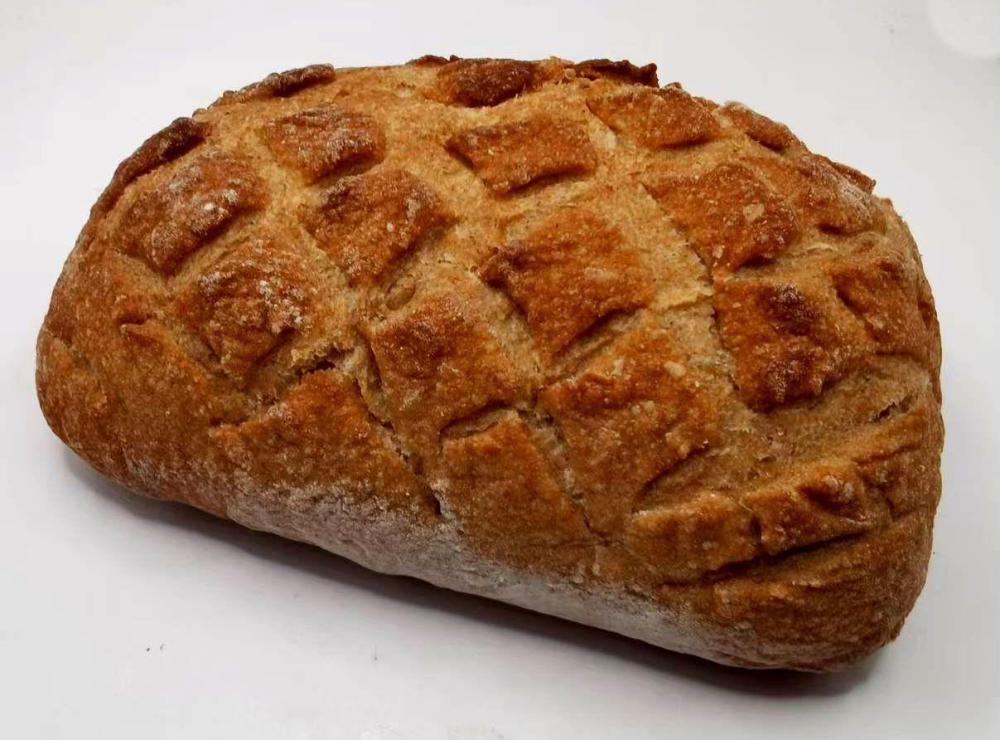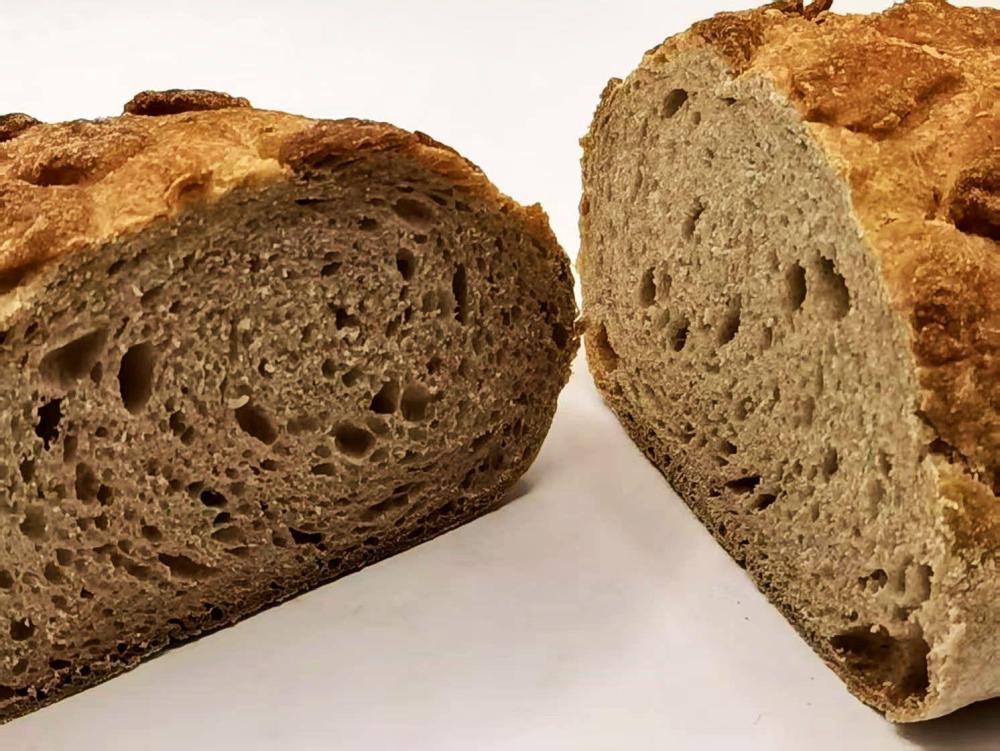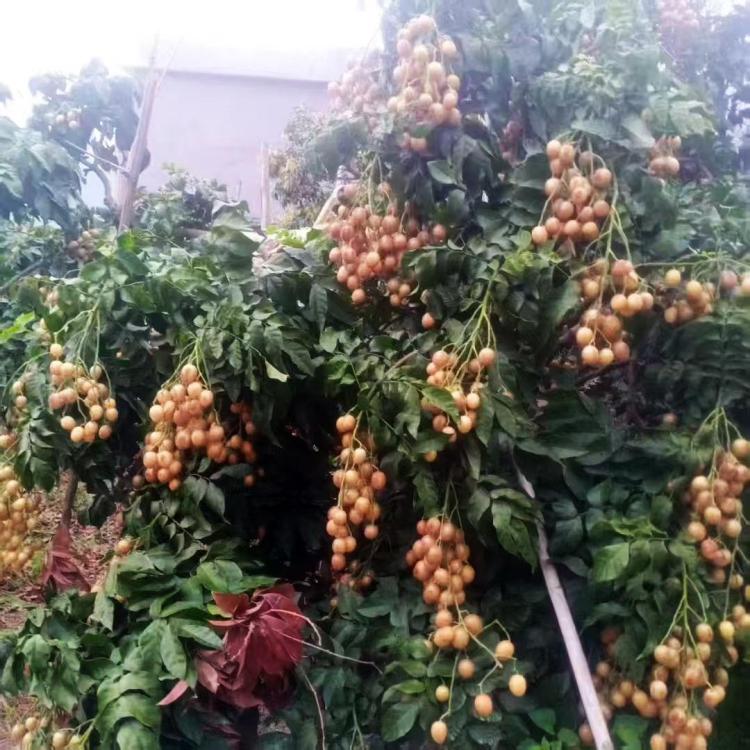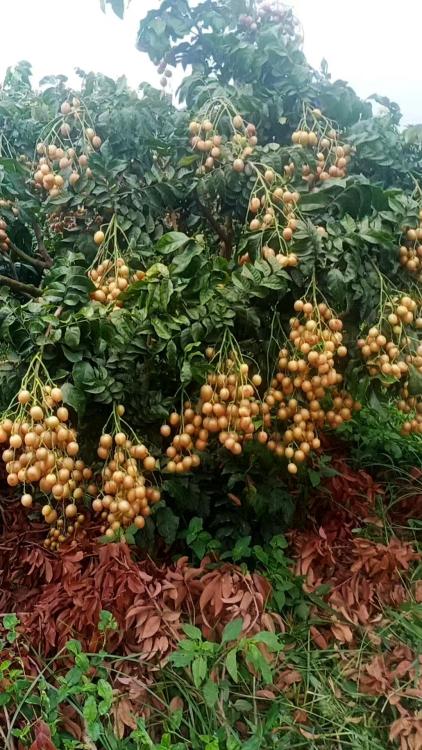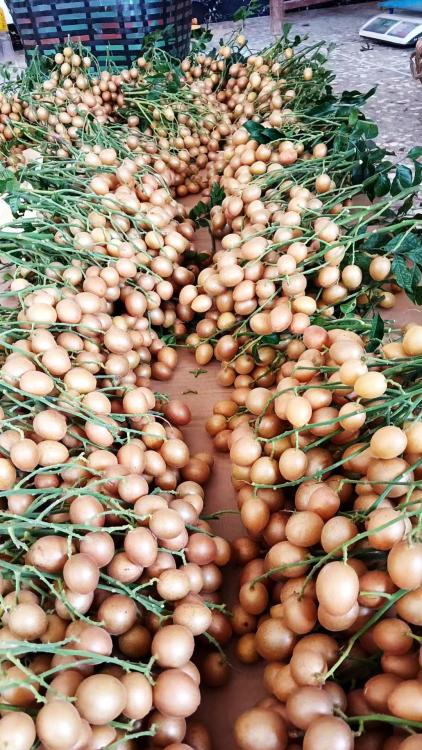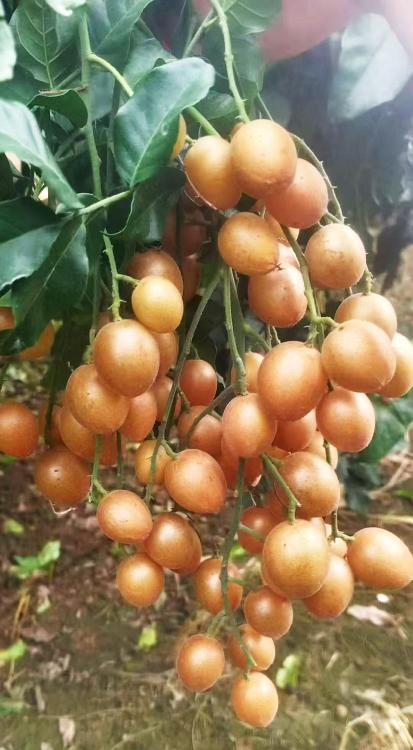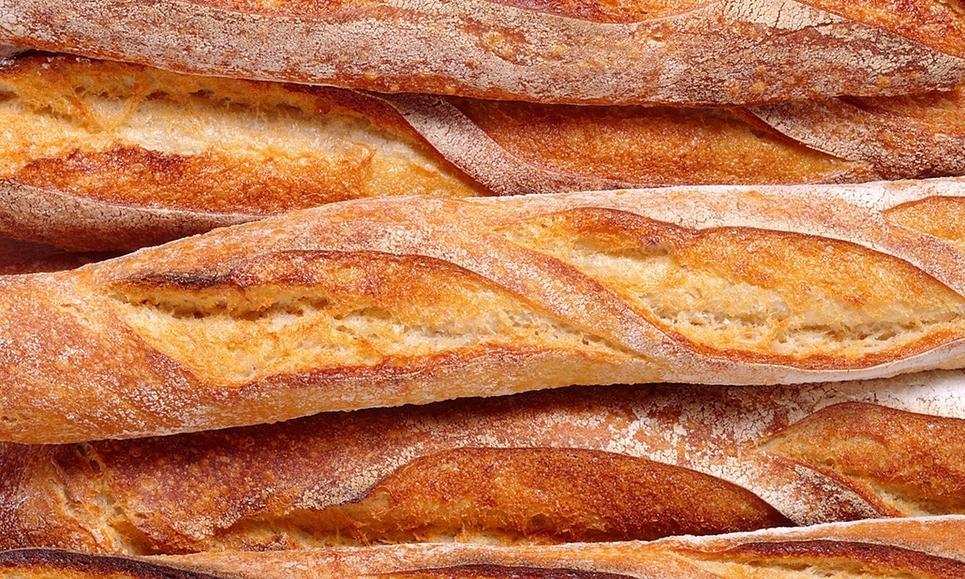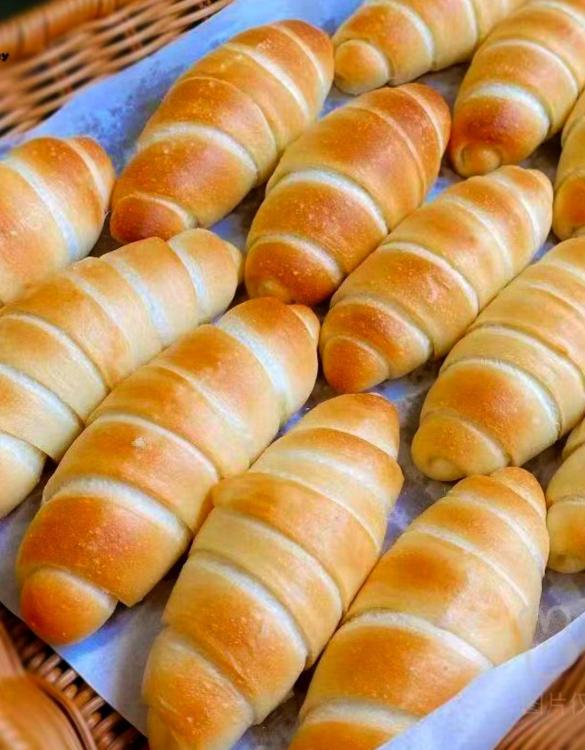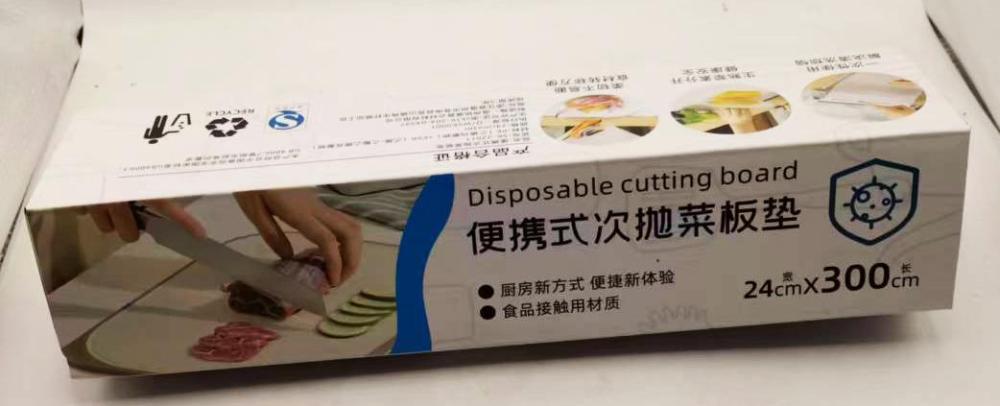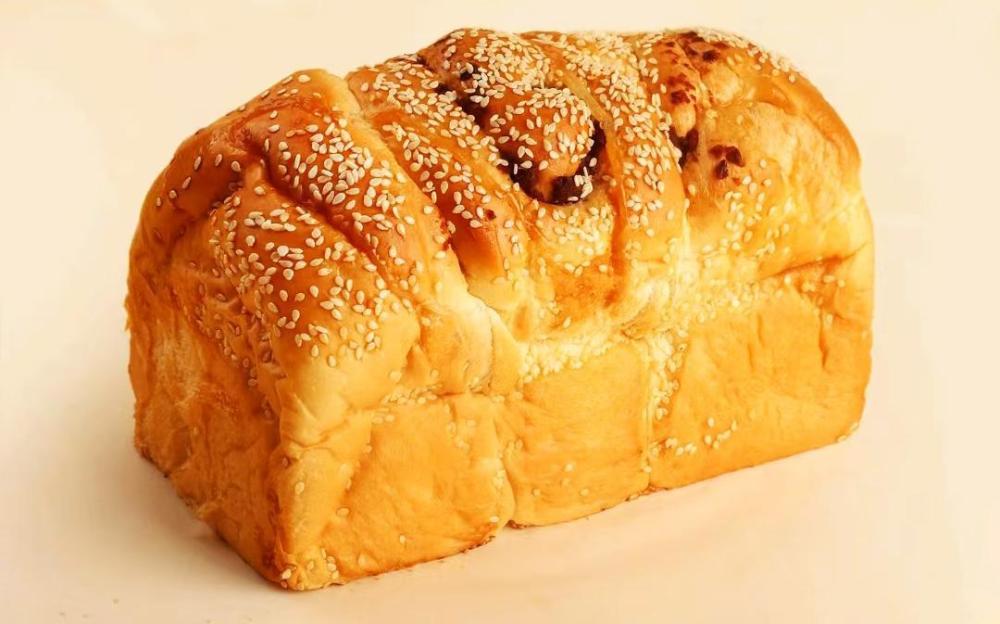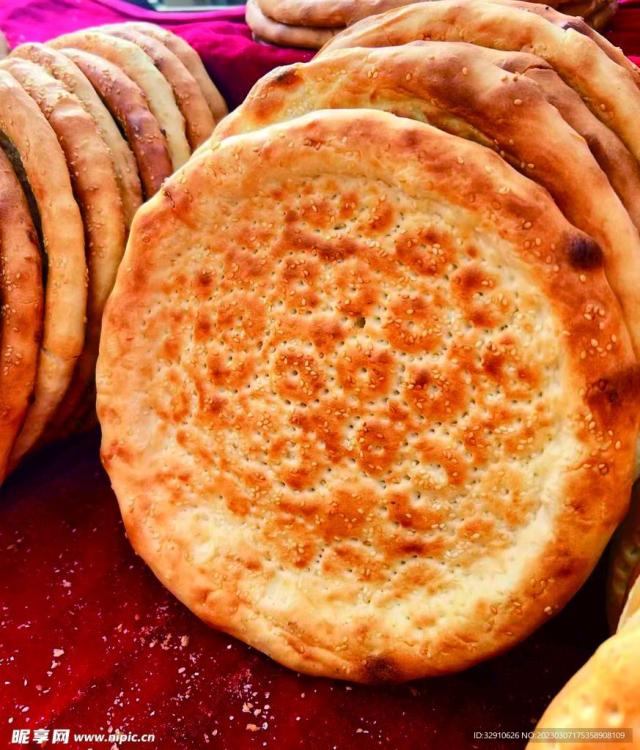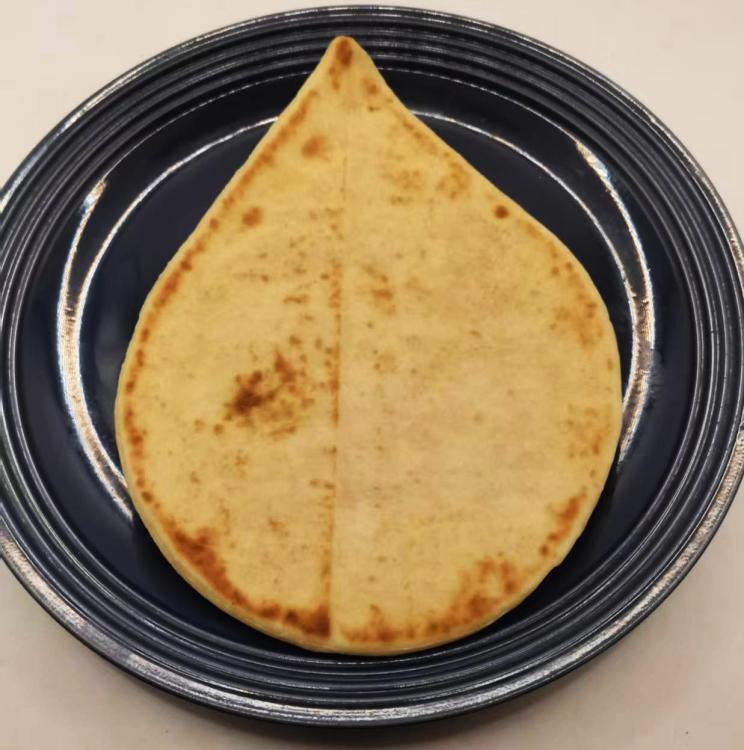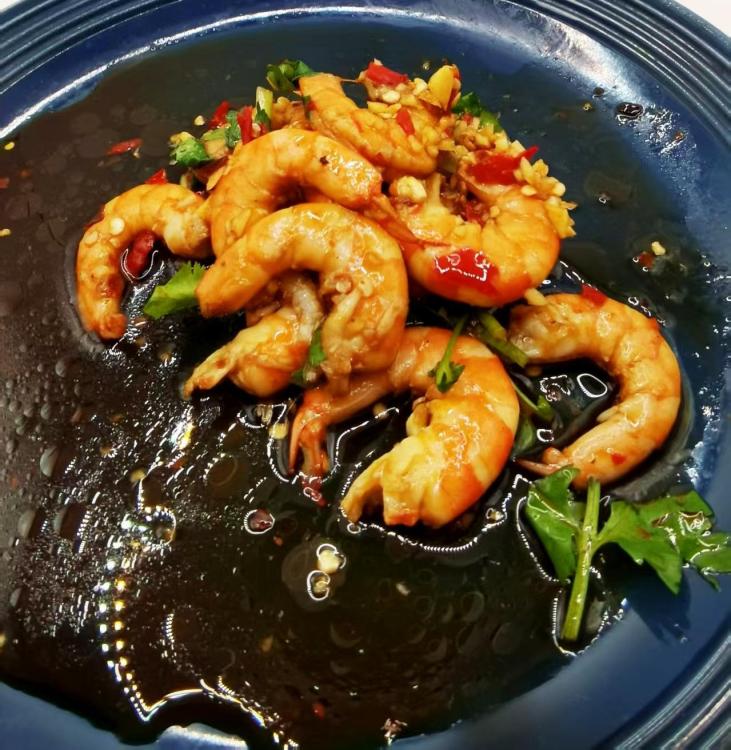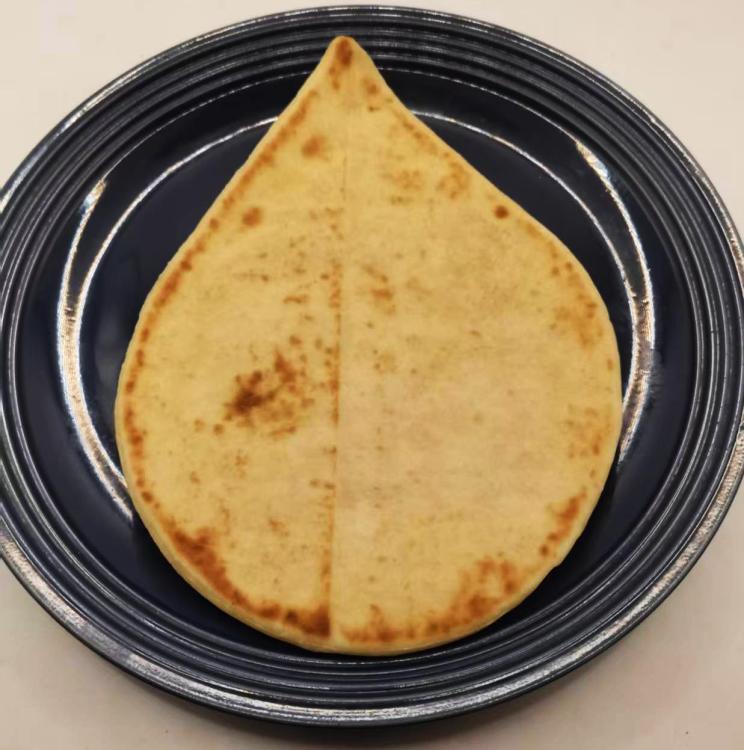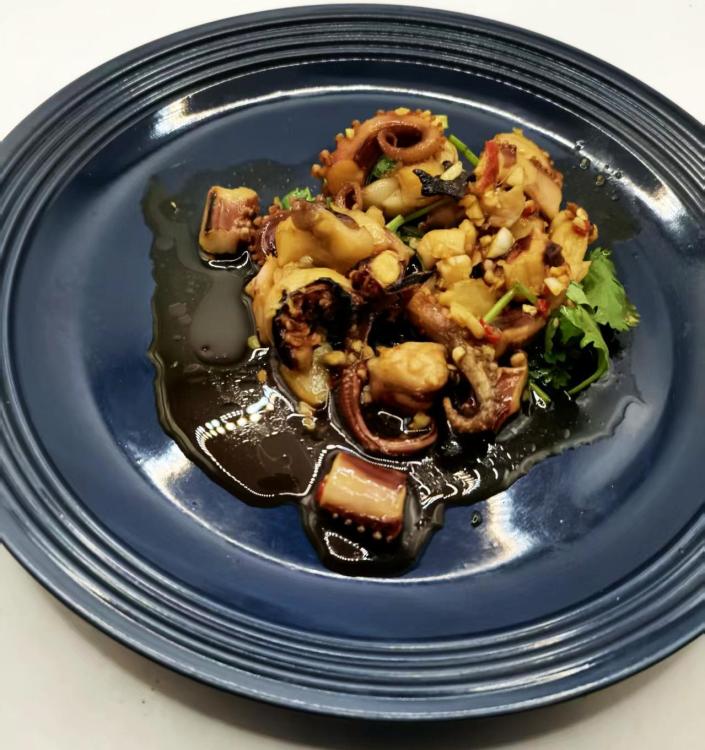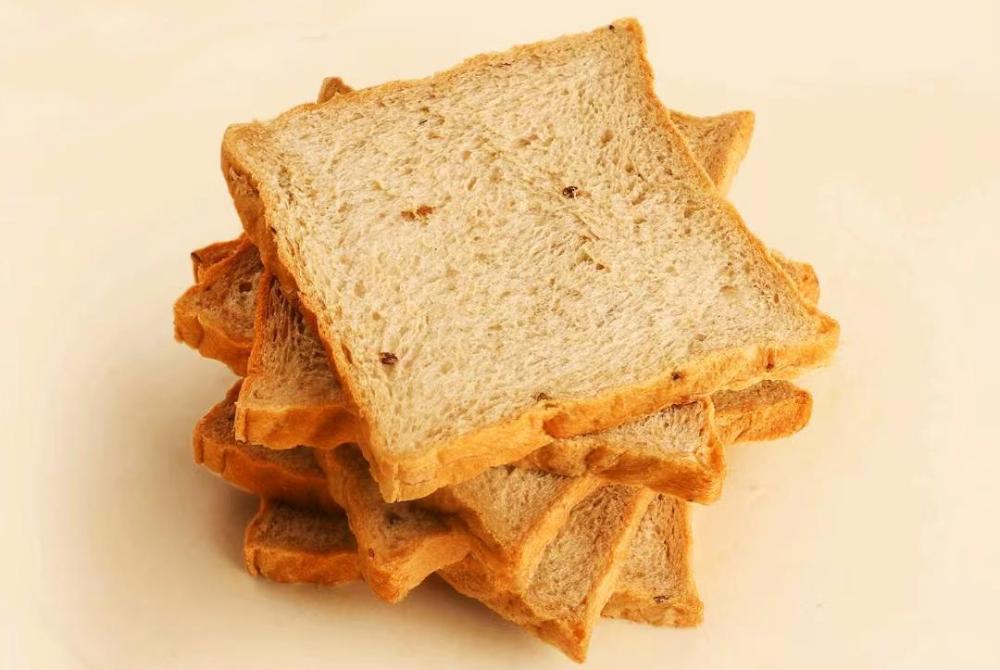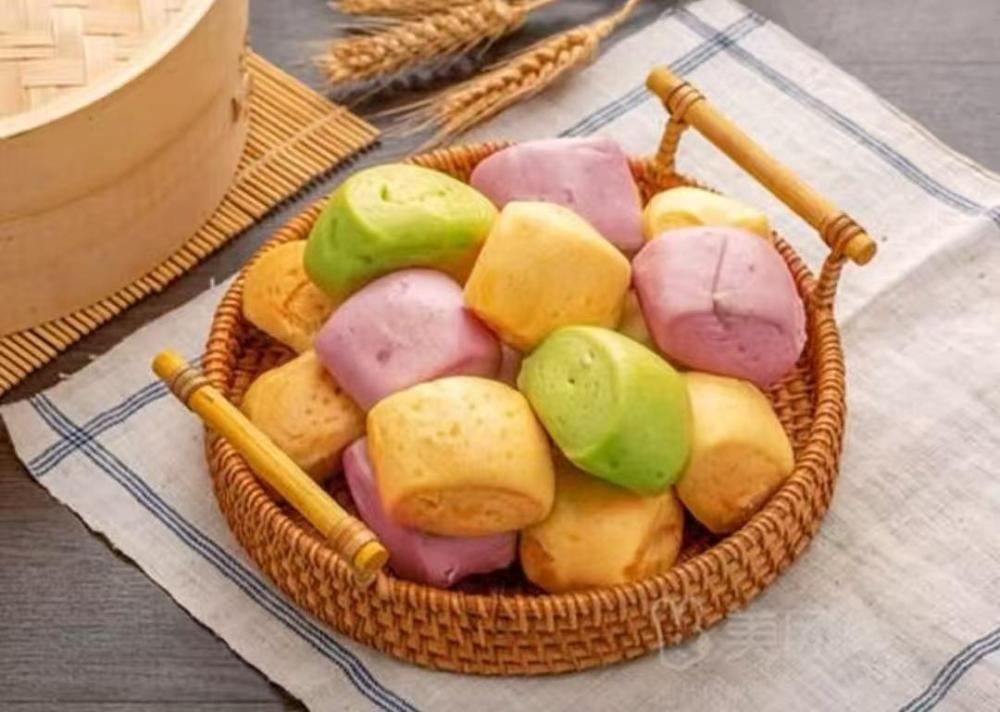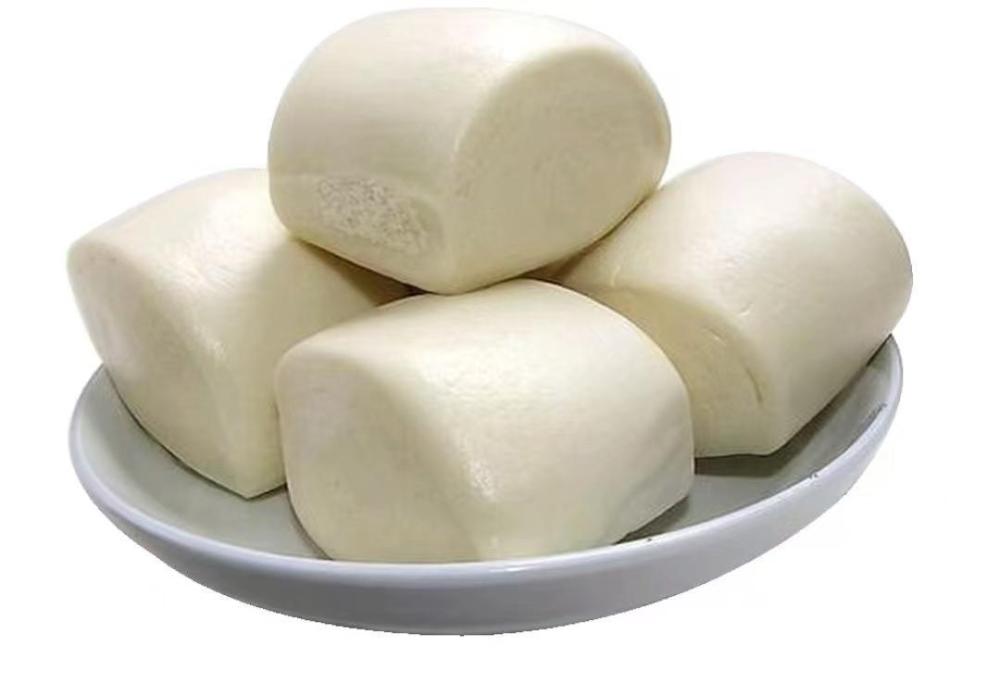-
Posts
16,754 -
Joined
-
Last visited
Content Type
Profiles
Forums
Store
Help Articles
Everything posted by liuzhou
-
I'm sorry, I don't have a recipe. I've never met anyone who who home makes them. They are usually sold by street vendors who descend all over China from Xinjiang every year when the nuts are in season.
-
-
I'm not big on sweet snacks but like these. 新疆八宝切糕 (xīn jiāng bā bǎo qiē gāo), literally ‘Xinjiang eight-treasure cut cake’ a traditional snack or cake from China’s far western province, Xinjiang. As always with number in China, there aren’t necessarily eight ingredients, but around eight. These had ten. Jujubes, almonds, walnuts, sunflower seeds, pumpkin seeds, peanuts, raisins, black mulberries, and flaxseed, all held with that old traditional favourite, 4-O-α-glucopyranosyl-D-sorbitol syrup aka maltitol syrup. Honey is used in more traditional versions.
-
You cant really tell from the price alone. What you have to consider is also the average income in China is correspondingly low. It's no less cheap for the average Chinese person. And Borough Market is expensive anyway!
-
Here for anyone not familiar with the concept are a couple of tree slice boards. Ginkgo Wood These ginkgo boards are found in China and Japan. Ginkgo wood is more on the softer side. However, they are expensive. Pine Board Another softer wood. All these boards also come with steel rings to minimise warping and the price depends on diameter and thickness.
-
The label is about normal around here. I found toasting improves it.
-
… and then there’s this Wheat Mix Bread, The bakery is in Beijing and doesn’t claim dual nationality, settling instead on German. However, it’s firmly Chinese and most of their goods are the same old Chinese not-bread bread. They sell these OK 500g loaves for $5.75 a loaf, but recently slapped on a ridiculous $5.16 delivery charge, essentially doubling the price. I had been buying them for about two years at a much lower delivery price. The sourdough above has free delivery, so these fake Germans are now off my shopping list.
-
One saving grace. I’ve never met anyone in China who knows what sourdough is but I know the Chinese; it’s 酸面包 (suān miàn bāo), literally sour bread. A couple of months ago, I found this online, described by the seller as “Whole Wheat Sourdough Rubon Country Bread Multi-grain French Old Bread German Sourdough Bread”! The sellers are obviously confused. Rubon county doesn’t exist and isn’t even a possible Chinese name and as far as I remember France and Germany are two different countries. The bread is baked in Anhui province, 1,368 km / 850 miles from me. It takes 2-3 days to arrive, but isn’t bad, if not great. It’s also rather pricy for China at $7.25 USD for a 500 gram loaf. But needs must..
-
The chicken skin fruit trees have just cropped and it's a bumper harvest this year. These pictures were sent me by a friend in Wuxuan, a town near here.
-
That what the sandalwood boards are - slices of tree trunk. I've seen the same with the other true woods I've mentioned.
-
I do regularly eat white button mushrooms. Never had a problem in 50 + years.
-
Yes, but.... They last for a few days, which baguettes in France (or Vietnam) don't. In France four hours at best. In Vietnam, bánh mì sellers get two or three deliveries or bake the same number of batches throughout the day. In France, you have to get up early or go without.
-
We also get 法棍 (fǎ gùn), literally French sticks. These are baguettes 🥖. Sometimes. Never great, the best come from Walmart or a Taiwan chain of restaurants here on mainland China. Those from local bakeries are highly unpredictable. They aren’t anywhere close to the real French baguettes my French grandmother bought every morning, but are edible bread. Walmart China Baquettes
-
The rosewood is too hard a wood and my knives don't like it. The bamboo ones are the ones I use more for cutting bread or soft meats (not the same boards) but scar easily if I say, chop through bones. I prefer boards somewhere in-between. I have three different sizes of the bamboo but I generally prefer the sandalwood for heavier use. Must get a new one. The old one disappeared in my last house move.
-
Are croissants bread? Arguable. Wikipedia describes them as a cross between bread and flaky pastry, but Wikipedia is flaky, itself. The Chinese name is 牛角面包 (niú jiǎo miàn bāo), literally cow horn bread. Whatever, the vendors of these translate them as croissants which they 100% aren’t. Although hinting at being crescent-shaped but forgetting to curve, in fact, in addition to looking slightly under baked, they contain in their depths industrial ham and pink slime sausages dressed with sweet mayonnaise. A hanging crime in that France.
-
Maybe in southern Asia, but in China and SE Asia most cutting boards are made from bamboo (not technically a wood, but a grass). A few more are made from Ironwood, rosewood or sandalwood. I have both bamboo and rosewood. Neither are great.
-
Here is the Guardian's Felicity Cloake's take on it How to make piri piri chicken – recipe | Chicken | The Guardian
-
Titanium. Idiotic idea. I do buy this. Seldom use it, but it's very cut resistant and seems kind to my knives. Handy in emergencies.
-
But enough good news. As if the abovementioned toast wasn't bad enough, beware of this. It is the dreaded 'toast' again but this time unsliced and worse. It is called 红豆吐司 (hóng dòu tǔ sī) and is flavoured with sweet red aduki bean paste. Very sweet and nasty cake; not what I call bread..
-
However dire, offerings are, there are a few honourable exceptions, top of which I give you 馕 (náng). This is a speciality of China’s huge far-western province of Xinjiang which borders Kazakhstan, Kyrgyzstan, Tajikistan, Afghanistan, Pakistan, India, Russia and Mongolia. Xinjiang is predominantly populated by the Muslim Uyghur people and has a very district cuisine. 馕 (náng) comes from there. In the Uyghur language, they call it نان (nan), meaning bread.. This in turn comes from the identical Persian word for bread. The main type of Xinjiang bread is of course, what is now known in the west as naan, although it was spelled ‘nan’ in English until around the 1970s. This I can find in many of the popular Xinjiang style restaurants found all over China. Again, seldom baked in homes, in Xinjiang it is sold in the many naan bakeries in every town or village. Unlike Indian or other naan, the Xinjiang variety is usually ornately decorated. Xinjiang nang Sadly, I can also get Mission brand Indian style ‘naan’ which is foul in comparison. Sweet and cloying. Indian in appearance only. Mission 'Indian style' naan. I'm on a mission to eradicate it.
-
Yes, I can easily get the necessary. In fact, I used to make my own regularly. In a large toaster oven. However serious health issues over the last few years put an and to that. I'm no longer physically able to.
-
The temperature hit 38℃ today, so I cooked as quickly as possible then served it cold. Stir fried freshly peeled shrimp (by which I mean they were alive ten minutes before they hit the wok. Stir fried octopus Served those to myself with a Mission brand Naan. God it was awful. Only took one bite. Sweet and cloying.
-
Like slice of toast with your breakfast? You could use your phone translation app to ask for toast in a restaurant. You won’t get it though unless you are in a hotel breakfast room or restaurant catering to foreigners. All the translation apps translate toast as 土司 (tǔ sī). This, as you can see, is a sound-alike loanword from the English toast. Except it doesn’t mean toast at all. It is what linguists call ‘a false friend’. Sort of like when French learners guess ‘travail’ means ‘travel’, when it means ‘work’. It simple means 'sliced bread'. Some joker saw sliced bread and assumed it was that mysterious thing he’d heard of but never seen – toast. Misnamed it and it stuck. So, that's what you’ll get. Dreadful, low-quality blotting paper slices of CWP ‘bread’. Often sweet, too. 土司 (tǔ sī) - 'toast'? Here’s a tip. Instead of asking for 土司 (tǔ sī), try asking for 烤面包 (kǎo miàn bāo) . This is a more accurate translation and translates as ‘broiled / grilled bread’. However they will in 99% of cases take some of the blotting paper and broil that then serve it cold.
-
I’ve said this before and I’ll likely say it again because it bugs me. If you are coming to China for any reason and are partial to the occasional sandwich, unless you are in Beijing or Shanghai, you will be out of luck. Most Chinese don’t know what bread is, They think they do but are very mistaken. What passes for bread here is 99% of the time cake. Bread shaped cake. Breadalike. China’s breads are almost all steamed rather than baked. So I’d like to introduce you to some of what I can buy anywhere but never do (and a few exceptions). I’ll start with 馒头 (mán tou), probably the most common. This is a steamed roll made from the same dough as 包子 (bāo zi), bao buns, but unfilled and often sweetened with sugar. Occasionally, they are coloured using vegetable (or artificial) dyes. depending on what colouring agent is used, these may or mat not taste any different from the plain ones. Images from Meituan online shopping app,





